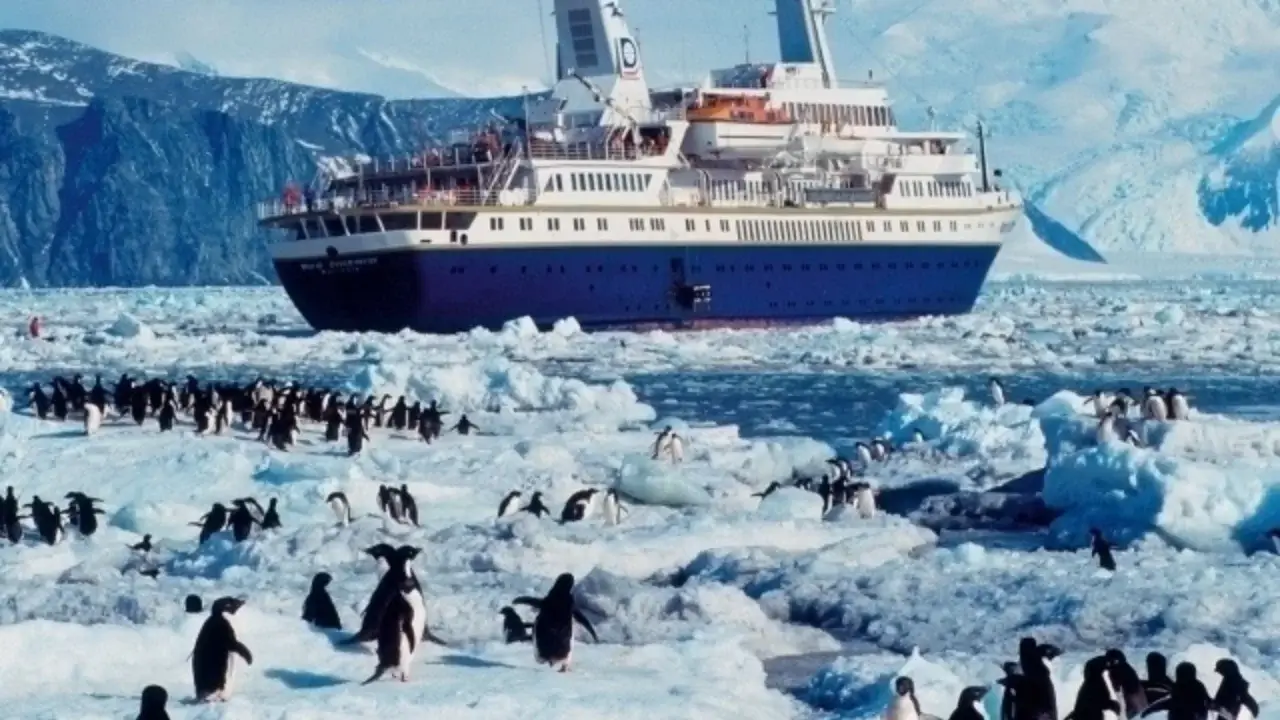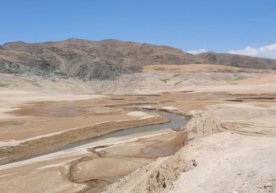
The ice in Antarctica is melting at an alarming rate. Scientists in recent years have determined that not only global warming but also human activity poses a significant threat to the ecosystem of the southern continent. This was reported by “Euronews”.
According to the International Association of Antarctic Tour Operators (IAATO), in the 1990s the annual number of visitors was less than 8,000. Last year, the number of tourists exceeded 124,000. Forecasts indicate that by 2034 the number of visitors could reach 450,000. This creates high pressure on the natural environment.
“The increase in tourism and the expansion of research bases pollutes Antarctica, accelerates snow melting, and threatens fragile ecosystems under current climate change conditions,” states a study published in the journal “Nature sustainability”.
Researchers from Chile, Germany, and the Netherlands established three major research centers and spent four years studying the pollution level of Antarctica. They found that in areas with human activity, the concentration of toxic metals such as nickel, copper, and lead is ten times higher than 40 years ago. This demonstrates the direct impact of human activity.
In one season, 55 travel agencies organized about 570 expeditions. Two-thirds of the passengers traveled on smaller ships. Even though IAATO recommended limiting shore landings and following biosecurity rules, tourism itself causes stress and changes in the natural environment. Previous studies showed that the average tourist trip produces 5.44 tons of CO2 per passenger.
“In areas of Antarctica frequently visited by tourists, the presence of polluting particles accelerates snow melting. Even one tourist can contribute to melting nearly 100 tons of snow,” emphasizes researcher Raul Cordero.
The Antarctic Treaty strictly prohibits the use of fuel oil and other polluting substances to prevent such problems. Therefore, many tourism companies have begun introducing hybrid electric ships to reduce carbon emissions.
However, scientists believe these measures are not sufficient. They emphasize that switching to renewable energy sources and reducing fossil fuel use may only be a primary solution to the problem. The Antarctic ecosystem already requires protection and monitoring; otherwise, global warming and human activity could severely threaten its stability.
Read “Zamin” on Telegram!Users of Меҳмон are not allowed to comment this publication.













